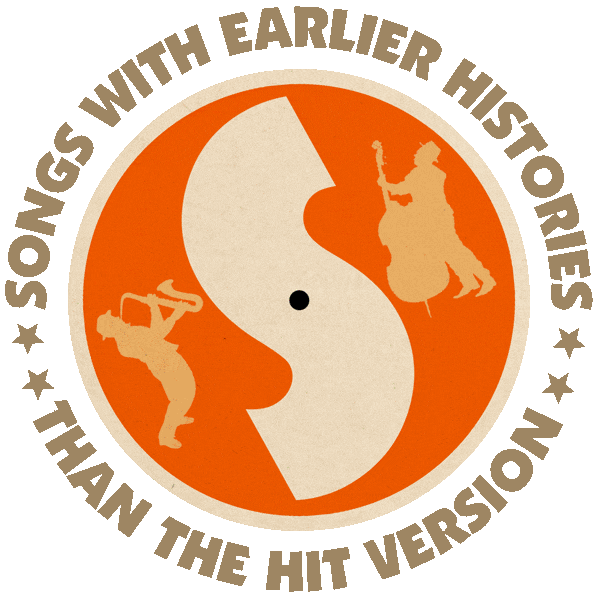First recorded (as “Interlude”) by Sarah Vaughn w/ The Dizzy Gillespie Septet (1944).
Also recorded by The Boyd Raeburn Orchestra (1944).
“Night in Tunisia” first recorded by Dizzy Gillespie (1945).
Also recorded by The Charlie Parker Septet (1946), Dizzy Gillespie & Charlie Parker (1949), and Miles Davis (1955).
From the wiki: “Dizzy Gillespie began writing the then-unnamed tune while he was performing with Benny Carter in New York in 1942. During a break in a show, Gillespie composed the basics of the song on piano. According to To Be or Not to Bop: Memoirs of Dizzy Gillespie, Dizzy was sitting at the piano playing chord progressions when he noticed the notes of the chords formed a melody with a Latin/Oriental feel. Adding a Bebop-style rhythm to the melody, Gillespie came up with what would become ‘Night in Tunisia’.

